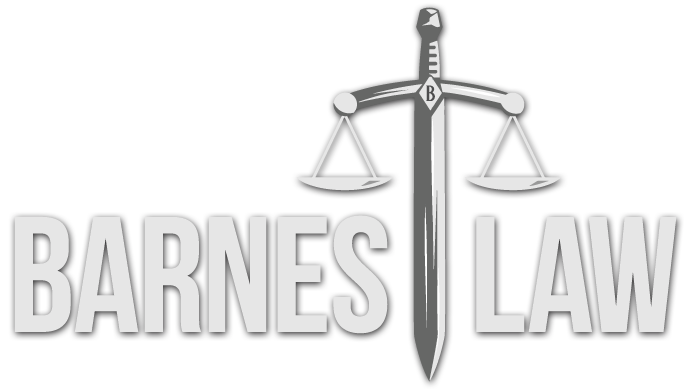What is the Future for Affirmative Action?
For the second time, the United States Supreme Court is examining the case of Fisher v. University of Texas at Austin. With an opinion due out any time now, the impact of the Court’s words could have far reaching effects. What is at stake? “It could be that the result would go so far as to make it unconstitutional for public universities and colleges to take race into account in any way in choosing their entering classes. And, even if it falls short of that, it could at least bar those institutions from considering minority students’ educational talents – or lack of them – as an admissions factor.”[1]
The question, as it was the first time the case was decided in 2013, is whether the Equal Protection Clause of the Fourteenth Amendment permits the consideration of race in undergraduate admissions decisions. The Court then decided, as it had previously in Grutter v. Bollinger[2], that race is a permissible factor in deciding admissions criteria, but only if it meets the standard of strict judicial scrutiny.[3]
The term “strict judicial scrutiny” means that when faced with government actions that are discriminating based on race, that the state interest must be compelling, and the law (in this case admission requirements) must be narrowly tailored and necessary to achieve that purpose. This is a high standard that is typically difficult to achieve. The difficulty in achieving this standard is why the case is back before the Supreme Court. The 2013 Fisher case gave the University of Texas at Austin a mulligan, one which they apparently shanked.
It will be interesting to see if a shorthanded Court will take a stand on such a far-reaching and contentious issue.
--By Derek A. Jordan, Esq., Barnes Law
Derek A. Jordan is an associate attorney with Barnes Law, licensed to practice law in Tennessee.
The opinions expressed are those of the author and do not necessarily reflect the views of the firm, its clients, or any of its or their respective affiliates. This article is for general information purposes and is not intended to be and should not be taken as legal advice.
[1] Lyle Denniston, Argument preview: What’s at issue in the Fisher case this time?, SCOTUSblog (Dec. 2, 2015, 12:39 AM), http://www.scotusblog.com/2015/12/argument-preview-whats-at-issue-in-the-fisher-case-this-time/
[2] “The Law School's admissions program bears the hallmarks of a narrowly tailored plan. To be narrowly tailored, a race-conscious admissions program cannot "insulat[e] each category of applicants with certain desired qualifications from competition with all other applicants." Instead, it may consider race or ethnicity only as a " 'plus' in a particular applicant's file"; i. e., it must be "flexible enough to consider all pertinent elements of diversity in light of the particular qualifications of each applicant, and to place them on the same footing for consideration, although not necessarily according them the same weight," It follows that universities cannot establish quotas for members of certain racial or ethnic groups or put them on separate admissions tracks.” See: Grutter v. Bollinger, 539 U.S. 306 (2003).
